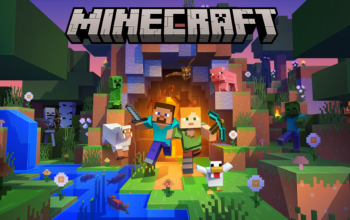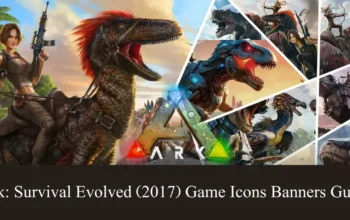Introduction Halo (2003) Game Icons Banners
Halo (2003) Game Icons Banners often referred to simply as Halo (2003) Game Icons Banners revolutionized the gaming world when it was released in 2001 by Bungie and Microsoft Game Studios. By 2003, the game had solidified its place as a cultural phenomenon, with its imagery becoming iconic within the gaming community. From the Master Chief’s green armor to the Covenant’s sleek designs, the visual elements of “Halo” became instantly recognizable symbols. Among these, the game icons and banners played a significant role in establishing the game’s identity.
The Birth of Iconic Imagery
By 2003, Halo (2003) Game Icons Banners had been out for two years, and its influence was growing. The game’s icons—such as the UNSC logo, the Halo ring, and the Spartan helmet—became more than just in-game symbols; they were representations of a new era in gaming. These icons were widely used across promotional materials, merchandise, and fan-made content, symbolizing the deep connection players felt with the game’s universe.
The Master Chief’s helmet, in particular, became a symbol of the Halo (2003) Game Icons Banners franchise. It was featured prominently on game covers, posters, and banners, embodying the mysterious and powerful nature of the game’s protagonist. The simplicity of the design—a stark, faceless helmet—allowed players to project themselves into the role of the Master Chief, making the icon even more powerful.
Banners The Face of the Franchise
 Halo (2003) Game Icons Banners imagery were used extensively in advertising and at gaming events. By 2003, these banners had become synonymous with the franchise. They often featured dynamic scenes of the Master Chief in battle, set against the backdrop of the iconic Halo ringworld. The use of bold colors and striking compositions made these banners stand out, drawing the attention of both hardcore gamers and casual observers.
Halo (2003) Game Icons Banners imagery were used extensively in advertising and at gaming events. By 2003, these banners had become synonymous with the franchise. They often featured dynamic scenes of the Master Chief in battle, set against the backdrop of the iconic Halo ringworld. The use of bold colors and striking compositions made these banners stand out, drawing the attention of both hardcore gamers and casual observers.
One of the most memorable banners from this period featured the Master Chief standing alone on the surface of a barren planet, the Halo ring looming large in the sky above him. This image perfectly captured the game’s themes of isolation, heroism, and the vastness of the universe. The banner became a powerful marketing tool, helping to drive the game’s sales and cement its place in gaming history.
The Legacy of 2003’s Visual Elements
The icons and banners from the early years of Halo (2003) Game Icons Banners continue to influence the franchise today. The visual language established in 2003 set the standard for future games in the series, with each new installment paying homage to these iconic designs. Fans of the series still celebrate the simplicity and power of the original icons, and the banners from this era remain popular among collectors and enthusiasts.


